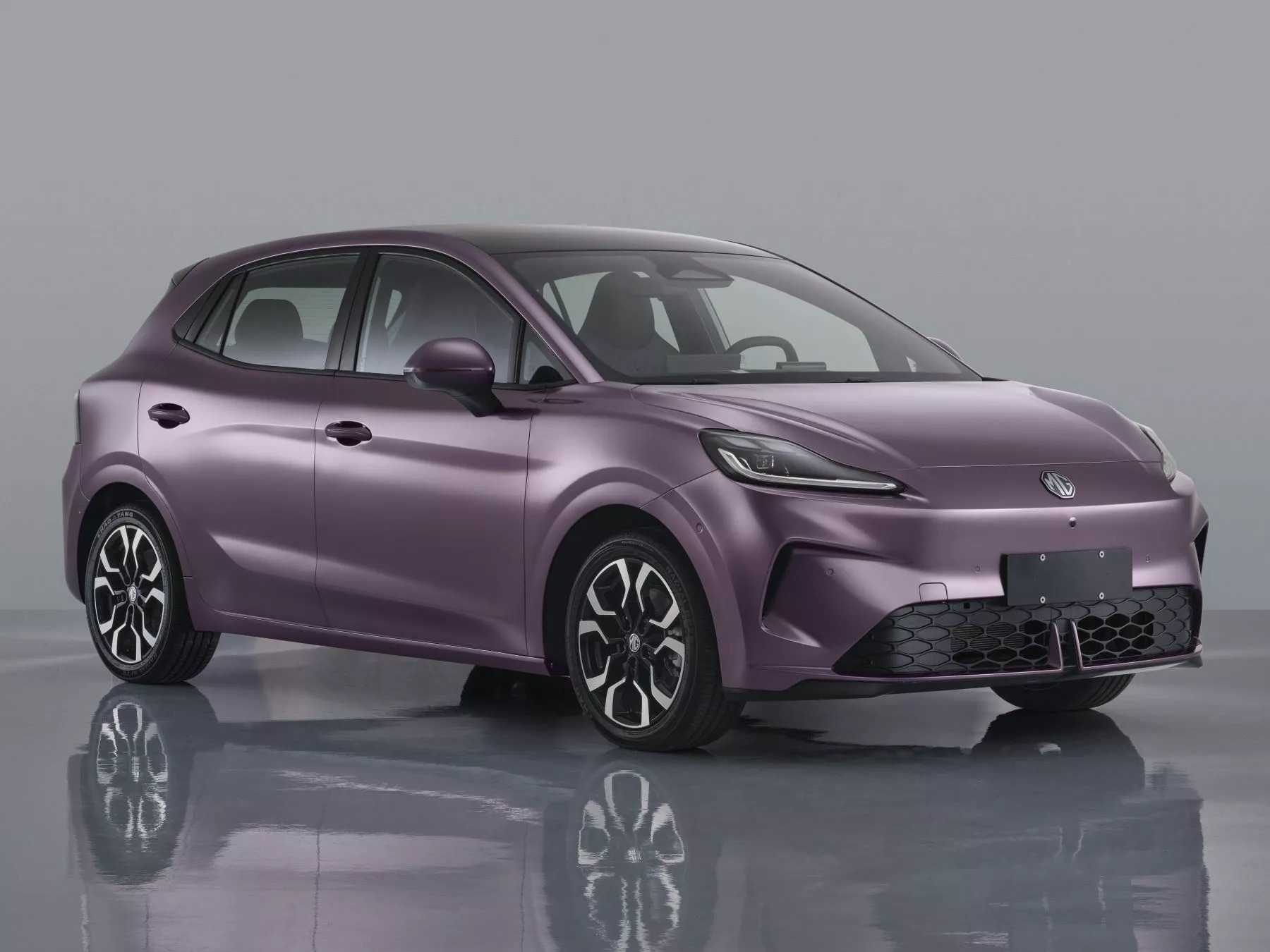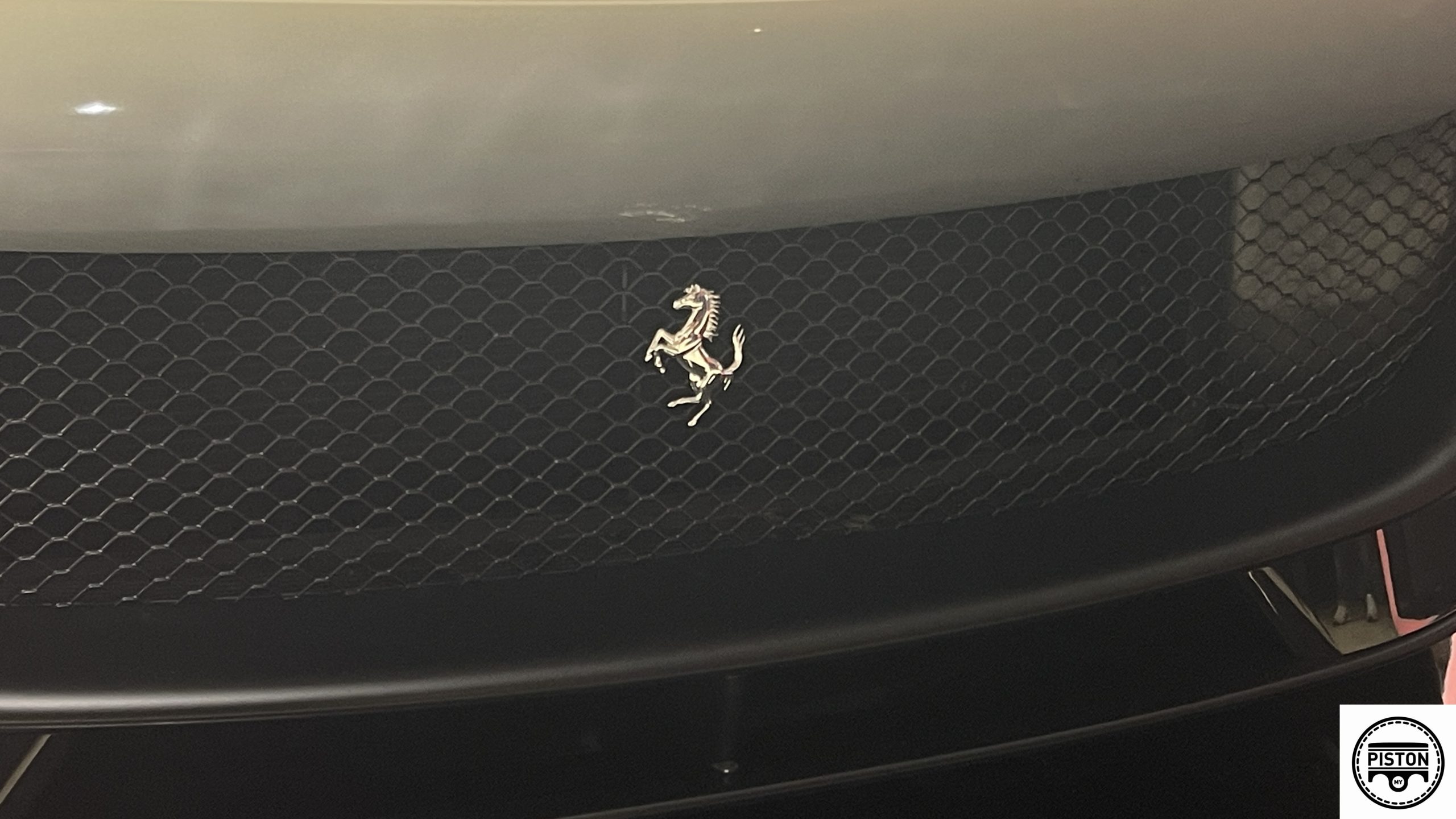It used to be that pick-up trucks would have a model cycle of at least 10 years – double that of passenger cars. And during that considerable length of time in the market, distributors would have to sustain interest by having limited editions periodically to refresh the looks, besides adding extra features. Today, though, competition is tough and 10 years is a bit long so Isuzu Motors has come out with an all-new generation of its popular D-MAX truck after 8 years.
To go on sale from October 19, the new D-MAX has received extensive change guided by the development concept of ‘Efficient and Robust’. This development concept was formulated to offer a vehicle that delivers higher fuel efficiency and safety while responding to various usage conditions and purposes in over 100 countries where the 1-ton truck is sold.
Versatility has made it very popular
The D-MAX has been especially popular in Thailand, where Isuzu has its global production hub (which supplies CKD kits to its subsidiary plant in Pekan, Malaysia, for local assembly). The popularity has been due to not only being suitable for personal use but also for business use. The durability of the powertrain has also been a strong factor in making Isuzu a top brand in Thailand.
It’s hard for a truck to look significantly different but Isuzu’s designers have given the new model a more distinctive look with a larger grille that is orientated more vertically. Aiming to present the new D-MAX as ‘Bold, Emotional and Smart’, the designers have given the chunky exterior profile with a wedge body shape a more powerful, swishing silhouette than ever before. A neatly integrated step bumper is mounted on the rear, giving an all-new, sophisticated look.
In the headlamps, bi-led projectors combined with stylish signature lamps are installed giving an eager, intense look. At the rear, the lamps have dual LED edge lights. Together, these new light designs contribute to a unique, stylish appearance front and rear.
Lean, rational assembly structure and extensive use of high-tensile steel plates have moderated the overall vehicle weight but the bodywork is still tough and rigidity is 20% greater. Taking note of the need to resist corrosion as the vehicle is used in wet conditions in markets like Thailand, anti-corrosion ability is said to be greatly improved. The new D-MAX can cross a river that is 800 mm deep as well. Moreover, it’s designed in such a way that its electrical architecture flexibly accommodates evolution in security and connected technologies.

Interior with ‘first-class appearance’
The revised dashboard has a 9-inch display mounted in the centre of a horizontally-flowing form with sharp and rich surface textures. The interior has a ‘first-class appearance’ with the introduction of a floor console which is now taller and wider. Also, it is designed to enfold the driver and passenger as if they were in a cockpit of an airplane. Low-rebound MDI polyurethane is used for front seat cushions to reduce fatigue that long-distance drivers have to endure.
The design of a rear seat in the crew cab is optimized to improve ride comfort. To allow for easy getting in/out, an opening of the B-pillar is shifted forward and assist grip is added.
Detailed attention is paid to its interior components having embossed and texturized surfaces to achieve a high-end, sporty look. For the workhorse applications, there’s a simple and practically designed instrument panel and durable door trim.
Low fuel consumption and CO2 emissions
Isuzu has specialised in diesel engines for decades and for the new D-MAX, there’s a newly developed 4JJ3 engine (based on the reliable 3-litre 4JJ1 diesel engine). The combined effects of 250 MPa high injection pressure, electronically-controlled VSG turbocharger, heat-insulating coating on the piston, double-scissors gear, etc. has yielded the engine featuring high power, low fuel consumption and low noise. The 1.9-litre RZ4E engine (recently introduced in Malaysia) has received some enhancements.
A pull-ring shift lever is used for the manual transmission to make it easier for the driver to reverse the vehicle, and drive feel is better and more engaging. As for the automatic transmission developed for RZ4E engine, a downsized torque converter and lock-up clutch integrated with a wide-angle damper provide improvements in fuel consumption and response.
A single propeller shaft made of aluminium is now installed, giving a significant weight reduction. There’s also an electromagnetic rear differential lock to use in difficult conditions. With an enhanced transfer of power to the wheels, Isuzu says it now takes shorter time to switch between 2-wheel drive and 4-wheel drive as well as between High and Low ranges.
The new D-MAX’s front hub bearing is now maintenance-free as it is part of unit bearing. Maintenance schedules for other items are extended, and the maintenance frequency and costs are greatly reduced (depending on the market).

EE Architecture for new CASE era
The EE architecture is configured using the central gateway in order to pave the way to the new CASE era. Technologies designed to optimize convenience and comfort are extensively employed such as keyless entry, infotainment, lights, wipers, etc.
The new generation of the D-MAX will most likely be available in Malaysia some time next year. Because Isuzu assembles the model locally, some time is needed to prepare for assembly and also to coordinate with local parts suppliers.
































